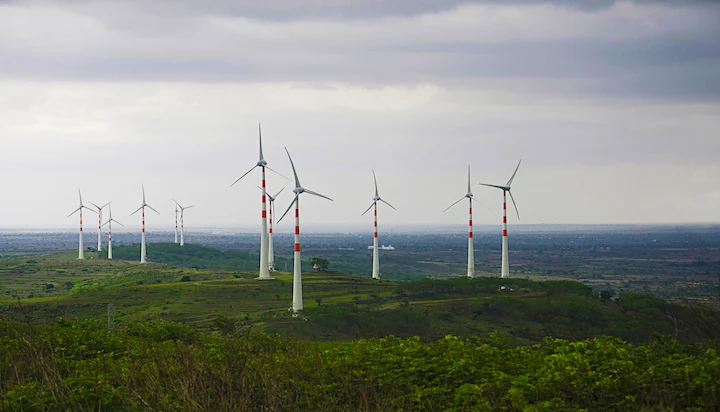Green hydrogen is hydrogen that is produced using renewable energy through electrolysis. This method uses an electrical current to separate hydrogen from oxygen in water. If the electricity needed for electrolysis is generated from renewable sources such as solar or wind, the production of hydrogen in this way emits no greenhouse gasses.
Will green hydrogen form the core of India’s clean energy mix? Experts are optimistic about the potential of this ‘fuel of the future’. Like all fuels, hydrogen when burnt produces energy. But the by-product of burning hydrogen is water, making it the most environmentally friendly fuel.
This ‘green’ approach to producing hydrogen is good for sustainability. But it drives up costs, which could obviously hamper India’s plan to ramp up the production of green hydrogen. Add to that, only a handful of Indian companies manufacture electrolysers, which are used to generate green hydrogen.
Now, according to The Energy and Resources Institute (TERI), the cost of green hydrogen production is $5-$6 per kg. At this rate, it is not easy for industries like steel, fertilizer and long-range shipping to adopt this fuel. For that, we need green hydrogen prices to come down to at least $2 per kg. Reliance chairman Mukesh Ambani has proposed that India should aim to bring down prices to $1 per kg. But this reduction in prices will not be possible unless we start manufacturing electrolysers on a much larger scale in India.
According to a recent report in Business Standard, the government could bring a Production-Linked Incentive (PLI) scheme for manufacturing electrolysers for producing green hydrogen.
On the other hand, it does seem that in certain areas, the Centre is slow to get off the blocks despite Prime Minister Narendra Modi reiterating the ‘green hydrogen’ commitment in his Independence Day speech this year. The central government is yet to come out with a policy, despite having launched the National Hydrogen Mission last year.
Setting up more manufacturing facilities, indigenous production of important components such as electrolysers, and production linked incentives such as the schemes being rolled out by the government for various sectors, will be the most important steps that Indian industry and policymakers need to take to help bring down costs per unit of green hydrogen output.
Source: business-standard.com









